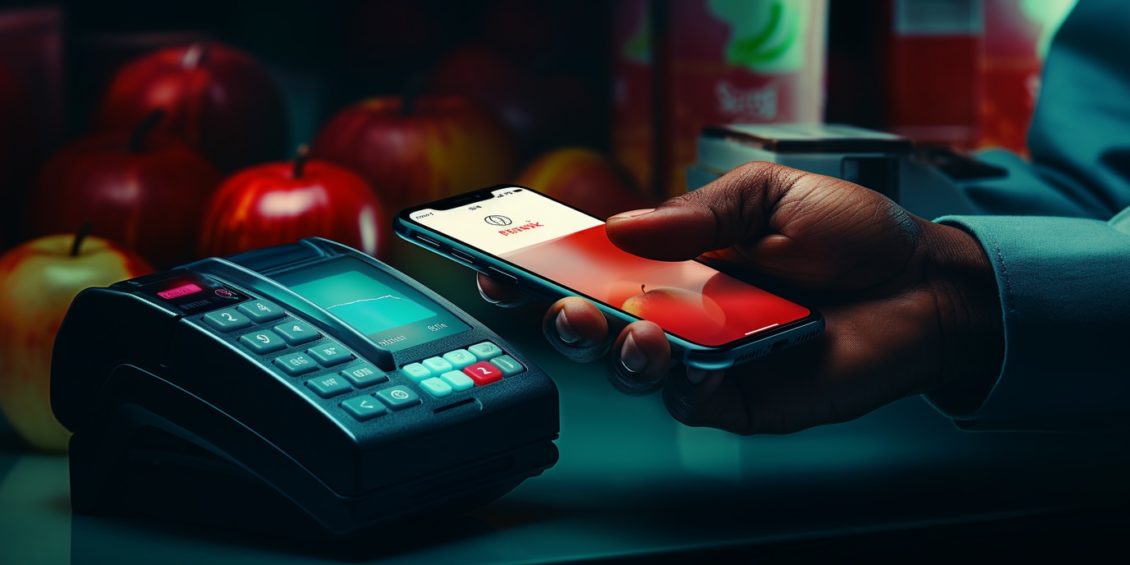
The “buy now pay later” (or “BNPL”) concept is nothing new. After all, that’s how credit cards have worked for generations, as well as layaway plans and other credit lines long before that. However, the digital age has given it a fresh lease on life.
Dedicated BNPL services are transforming the payments space. It’s true that these services faced a challenging couple of years. BNPL provider Klarna, for instance, saw its value dive from an impressive $46 billion at the start of 2022 to just $7 billion by July; an 85% drop. That said, the allure of BNPL isn’t lost on shoppers or retailers.
The 2023 Chargeback Field Report tells an interesting story about how retailers think, showing that they’re getting more keen on offering alternative ways to pay. BNPL, in particular, is growing at a rate of 29% YoY.
Significant growth in BNPL lending is expected over the next few years. Forecasts anticipate more than $100 billion in sales facilitated through BNPL by 2024.
Why BNPL Works
What we’re seeing today is a tech-savvy twist on old-school layaway. Back then, retailers would hold onto something for you while you paid for it, bit by bit. Now, thanks to companies like Klarna and PayPal, you can get your hands on your purchase before you’ve paid it off.
This approach isn’t just convenient; it can also be cheaper than other ways to pay. Credit cards, for example, charge interest if you carry a balance from month to month. That makes BNPL services, which typically do not charge interest, increasingly attractive. It’s a particularly interesting prospect for younger shoppers, many of whom do not have much credit history.
The appeal of BNPL isn’t just for buyers, though; sellers like it too. Payments are made up front by the service provider on the customer’s behalf. They get paid immediately, attract customers with a trendy payment method, and even get a leg up on competitors who haven’t jumped on the BNPL bandwagon.
Fraud & Other Potential Pitfalls
All that said, it’s important to remember that BNPL isn’t without its risks.
For buyers looking to build credit , it’s essential to know that BNPL likely won’t impact your credit score. Most BNPL providers only report bad news like missed payments; they don’t report completed repayment plans.
Fraud is a concern, too. Two main dangers here include synthetic identity fraud, where criminals use stolen information to create fake accounts and buy things, and account takeover, where scammers get hold of users’ login details. These are both familiar tactics in the credit card space, but BNPL could be just as susceptible.
BNPL might also tempt buyers to spend more than they can afford, leading to financial stress. Other issues include buyer’s remorse and fraudulent practices like abuse of chargebacks and returns, which may impact BNPL providers.
The Need for Oversight
Right now, rules about BNPL are a bit of a mixed bag. This inconsistency is causing some to worry about varying terms, conditions, and inadequate checks.
Some progress has been made, like investigations conducted by the Consumer Financial Protection Bureau. Still, people must be careful, watch their budgets, and know what they’re signing up for.
More regulation might be needed as BNPL becomes more mainstream. Big problems might pop up without proper oversight, like mounting debt or global loss of confidence in the system. In the meantime, though, consumers need to serve as their own advocates.
The onus is on buyers to keep track of their finances, and to use services like BNPL responsibly. There’s no watchdog minding the house here; buyers need to conduct due diligence and make sure they’re doing what’s necessary to keep their finances in good shape.
The Bottom Line
Both sellers and shoppers love the ease and flexibility of BNPL. That said, everyone must be clear on the terms and best practices. Otherwise, this exciting shift in buying and selling may be transfigured into a massive headache for payments and finance, as well as for consumers at large.
With some thought — and perhaps some new rules — BNPL could keep growing as a popular and sensible choice. It could change how we think about money and payments in our increasingly digital lives, but only if it’s managed responsibly.
